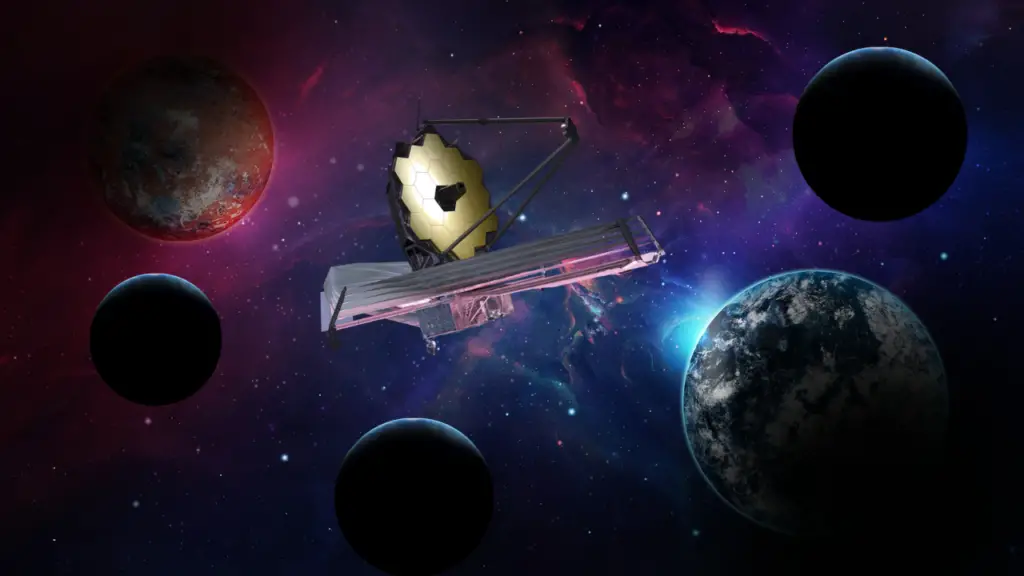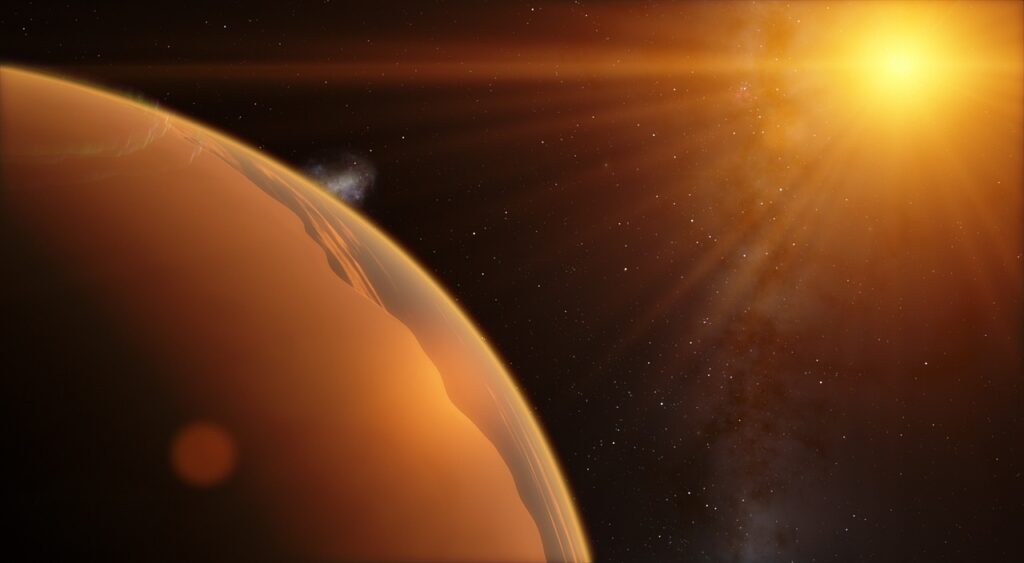We have discovered several earthlike planets in the past. However, our technological advancement has enabled us to recently discover a new star system with two earthlike planets that are closer to us. Although the new star system is a dwarf star named HD 260655, it still has the potential of holding two earthlike planets in its orbit.
But when is this star system discovered? Why did scientists classify its two planets as earthlike? How close is this star system to Earth? This article will explain these questions and more.
When was HD 260655 Dwarf Star Discovered?
The Universe is Vast and Wide. Studies suggest that 94 percent of the universe has remained unreachable to us. Despite not having highly sophisticated technologies to explore the vast nature of the universe, we have relied on our existing technologies to study nearby star systems and look further into our neighboring galaxies.
HD 260655 dwarf star is one of the stars that has remained unreachable to us for centuries of observing space with telescopes. In October 2021, scientists working at NASA’s Transiting Exoplanet Survey Satellites (TESS) discovered a new star system close to our solar system. The red dwarf star was discovered to be 33 light-years away from the sun.
The HD 260655 dwarf star dips in its brightness periodically. This dip made the scientists wonder about the actual causes of these unexpected dips. Scientists worked for several months before concluding that the dips were caused by planets orbiting around the star. These planets cross the front of the star’s disk, causing it to dip periodically in its brightness.
When did Scientists discover the Two Earth-like Planets Orbiting HD 260655 Dwarf Star?
After scientists discovered HD 260655 Dwarf Star last year, they became curious to learn about the mysterious periodic dips of the star. After months of research, scientists came up with a satisfactory conclusion. On June 16th, 2022, scientists that participated in the research announced the outcome of their observation at a meeting of the American Astronomical Society, located in Pasadena California USA.
The official statement released by the scientists revealed that the nearby solar system has at least two rocky earthlike planets within its orbit. The statement went ahead to reveal that these planets may have earth-like sizes, but they are not suitable to sustain life within their surfaces.
These scientists calculated the planets’ orbit and discovered that they both orbit HD 260655 Dwarf Star at a distance that will allow liquid water to exist on their surfaces. This implies that these planets actually share something in common with the earth as they orbit in the habitable zones of their hosting stars.
Scientists named one of these planets HD 260655b, while the other is called HD 260655c. The released statement mentioned that HD 260655b is about 1.2 times the size of earth, and it completes one orbit around the host star in only 2.8 days.
The scientists also revealed that HD 260655c, which is the second planet, is about 1.5 times the size of the earth. Unlike HD 260655b, HD 260655c takes about 5.7 days to orbit the host star.
The host star is a red dwarf which is often dimmer than a bright star like the Sun. However, HD 260655 belongs to the class of the brightest type of M dwarf stars.
Scientists also discovered the HD 260655 red dwarf star to be about tenth times bigger and brighter than our sun. Since the host star is ten times brighter and bigger than our sun, an extremely hot 818 degrees Fahrenheit (437 degrees Celsius) and 548 degrees Fahrenheit (287 degrees Celsius) respectively reach the planets’ surfaces.
At this range, no living organisms may survive on the surface of HD 260655b and HD 260655c. However, future studies on the planetary system will help Scientists to uncover more facts about HD260655 and its moons.
Conclusion
The Universe is indeed vast. With the continuous effort made by Astronomers and Scientists, we will unveil more mysteries and improve our knowledge about planetary systems in our home galaxy and the entire universe as well. How do you see these newly spotted planets?





So just doing the math here, 186,000mps, (miles per second), the speed of light. 186,000 x 3600 seconds, 669,600,000 miles in one hour, times 24 hours, 1.60704 to the tenth power x 365 days equals 5.865696 to the twelfth power for miles per year, times 33 years, so 1.93567968 to the fourteen powers. 193,567,968,000,000 miles. Let’s just use 200,000 miles an hour of velocity for a space craft traveling to get there, no small feat (200,000mph) by the way. So, it would only take 110,484 years to travel one way. That’s just for starters in theory.
If planets are located in a habitable zone it means there must be life even if 278 °c reach these planets surface… Life there can have other means of adapting that temperature just like we have skin color and other body parts that regulates heat system, the ozone above the earth’s..